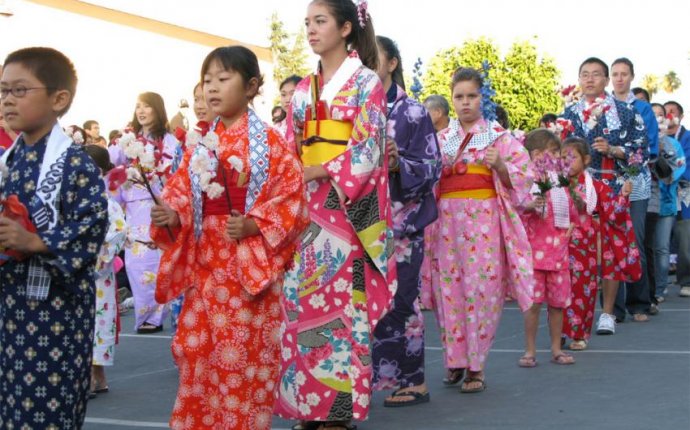
Everything About Japanese culture
Welcome to our guide to Japan. This is useful for anyone researching Japanese culture, customs, manners, etiquette, values and wanting to understand the people better. You may be going to Japan on business, for a visit or even hosting Japanese colleagues or clients in your own country. Remember this is only a very basic level introduction and is not meant to stereotype all Japanese people you may meet!
Facts and Statistics
Location: Eastern Asia, island chain between the North Pacific Ocean and the Sea of Japan/East Sea, east of the Korean Peninsula.
Capital: Tokyo
Population: 127, 103, 388 (2014 est.)
Ethnic Make-up: Japanese 99%, others 1% (Korean 511, 262, Chinese 244, 241, Brazilian 182, 232, Filipino 89, 851, other 237, 914)
Religions: observe both Shinto and Buddhist 84%, other 16% (including Christian 0.7%)
The Japanese Language
Japanese is the sixth most spoken language in the world, with over 99% percent of the country's population using it. Amazingly, the language is spoken in scarcely any region outside Japan.
The origin of the Japanese language has many theories in reference to it, some believe it is similar to the Altaic languages, namely Turkish or Mongolian. It is recognized and acknowledged to be close in syntax to the Korean language.
Dialects are used in areas, particularly in Kyoto and Osaka, but standard Japanese, based on the speech of Tokyo, has become more popular through the use of television, radio and movies.
The Japanese and 'Face'
- Saving face is crucial in Japanese society.
- The Japanese believe that turning down someone's request causes embarrassment and loss of face to the other person.
- If the request cannot be agreed to, they will say, 'it's inconvenient' or 'it's under consideration'.
- Face is a mark of personal dignity and means having high status with one's peers.
- The Japanese will try never to do anything to cause loss of face.
- Therefore, they do not openly criticize, insult, or put anyone on-the-spot.
- Face can be lost, taken away, or earned through praise and thanks.
Harmony in Japanese Society
- Harmony is the key value in Japanese society.
- Harmony is the guiding philosophy for the Japanese in family and business settings and in society as a whole.
- Japanese children are taught to act harmoniously and cooperatively with others from the time they go to pre-school.
- The Japanese educational system emphasizes the interdependence of all people, and Japanese children are not raised to be independent but rather to work together.
- This need for harmonious relationships between people is reflected in much Japanese behaviour.
- They place great emphasis on politeness, personal responsibility and working together for the universal, rather than the individual, good.
- They present facts that might be disagreeable in a gentle and indirect fashion.
- They see working in harmony as the crucial ingredient for working productively.
Japanese Non-Verbal Communication
- Since the Japanese strive for harmony and are group dependent, they rely on facial expression, tone of voice and posture to tell them what someone feels.
- They often trust non-verbal messages more than the spoken word as words can have several meanings.
- The context in which something is said affects the meaning of the words. Therefore, it is imperative to understand the situation to fully appreciate the response.
- Frowning while someone is speaking is interpreted as a sign of disagreement.
- Most Japanese maintain an impassive expression when speaking.
- Expressions to watch out for include inhaling through clenched teeth, tilting the head, scratching the back of the head, and scratching the eyebrow.
- Non-verbal communication is so vital that there is a book for 'gaijins' (foreigners) on how to interpret the signs!
- It is considered disrespectful to stare into another person's eyes, particularly those of a person who is senior to you because of age or status.
- In crowded situations the Japanese avoid eye contact to give themselves privacy.
Japanese Hierarchy
- The Japanese are very conscious of age and status.
- Everyone has a distinct place in the hierarchy, be it the family unit, the extended family, a social or a business situation.
- At school children learn to address other students as senior to them ('senpai') or junior to them ('kohai').
- The oldest person in a group is always revered and honoured. In a social situation, they will be served first and their drinks will be poured for them.
Meeting Etiquette
- Greetings in Japan are very formal and ritualized.
- It is important to show the correct amount of respect and deference to someone based upon their status relative to your own.
- If at all possible, wait to be introduced.
- It can be seen as impolite to introduce yourself, even in a large gathering.
- While foreigners are expected to shake hands, the traditional form of greeting is the bow. How far you bow depends upon your relationship to the other person as well as the
- situation. The deeper you bow, the more respect you show.
- A foreign visitor ('gaijin') may bow the head slightly, since no one expects foreigners to generally understand the subtle nuances of bowing.









